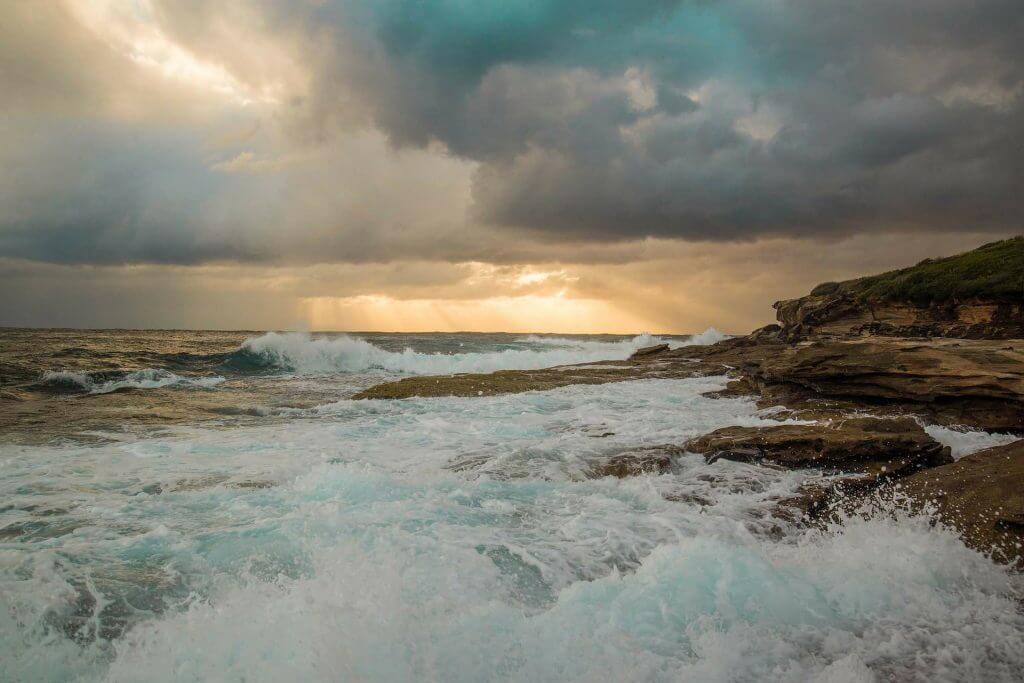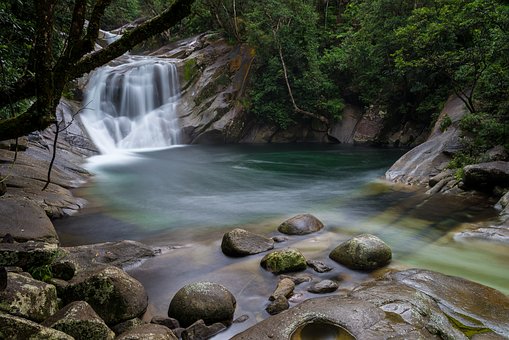Many people see the incredible pictures plastered over the internet of picturesque waterfalls and ocean views and set out with the intention of finding them without properly knowing the environment they are heading into. Unfortunately, it’s lead to many unnecessary deaths just to capture that epic Instagram selfie and it’s about time people take a few things into consideration before heading out on these hikes.
Track Durability:
It’s no secret that Australia is a huge country and we have a large number of National Parks. Unfortunately, this means that due to the high number of walks, not all tracks are maintained. This means most of the paths are loose gravel, dirt, rocks, stones or unmarked trails. Many of the walks on our site are in fact unofficial tracks which mostly requires some experience or navigational skills to prevent you from becoming lost or injured on the walks. It’s important to always pack things like first aid kits and water on every walk, even some food to help if you do become lost or someone injures themselves on the way.
In the National Parkes, they do their best to keep everyone safe by regularly monitoring the tracks, making sure ladders are secure if the walk requires it. In many cases, however, the trails are unfenced around cliff edges, especially in the Royal National Park if you embark on any of these walks. Due to the lack of fencing, many deaths have been caused as a result due to unstable cliffs or landslides. In saying this, even with fences in place, people climb them and tragically lose their lives.
Tip: Try and keep a safe distance from cliff edges and always pack an emergency first aid kit. Always take a phone to call for help or a PLB when hiking somewhere with limited signal.
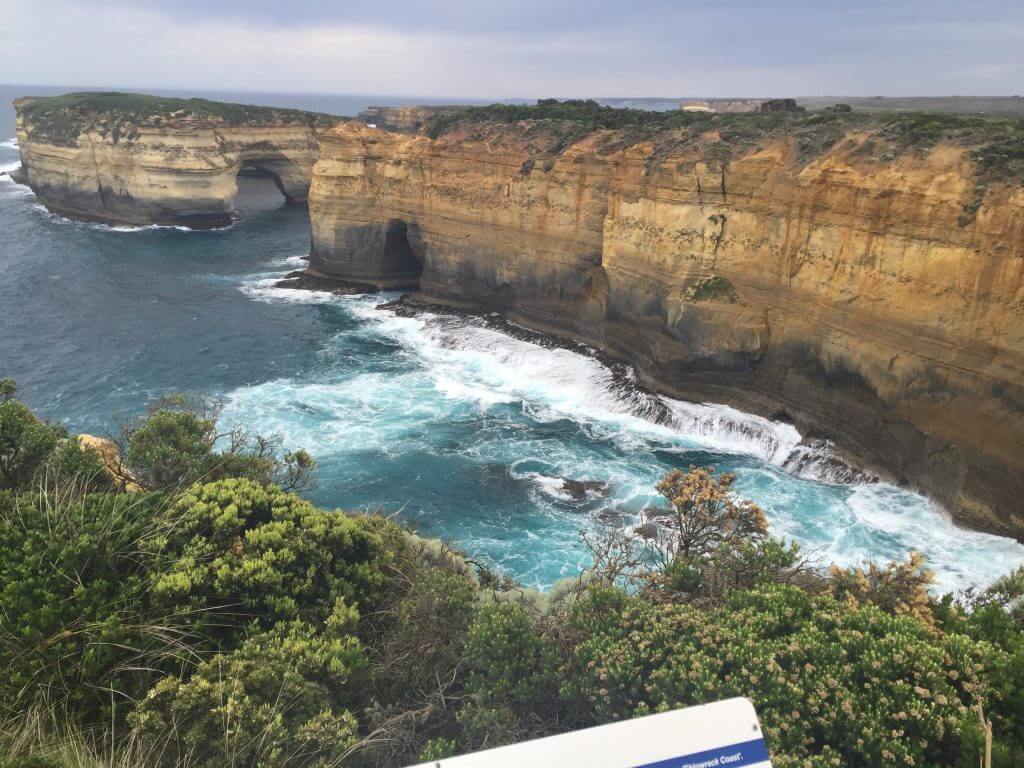
Tidal Areas:
It’s important while going on coastal walks to consider the tides when walking and taking into account the surf report. Many walks like the Figure 8 Pools are in a tidal area and are only visible at certain times of the day. It’s important to plan the trip accordingly and make sure you are out of harm’s way. Remember to also check the swell to ensure that the seas won’t be rough, to avoid injury or death.
Tip: Download a copy of tide times or take a screenshot just before you start the walk in case of no signal.
Australian Fauna:
Australia is known for its deadly fauna. Whether you are a local or a foreigner, it’s important to always be on the lookout for some of the dangerous animals about. Some of the most dangerous animals to be on the watch for are snakes (Australia has 8 of the 10 deadliest snakes in the world) in addition to spiders, crocodiles and although they may look cuddly, kangaroos can also cause harm if they are made to feel threatened.
Tip: Try and look down while walking and look ahead to make sure no snakes or deadly animals are on the track and always pack a first aid kit.
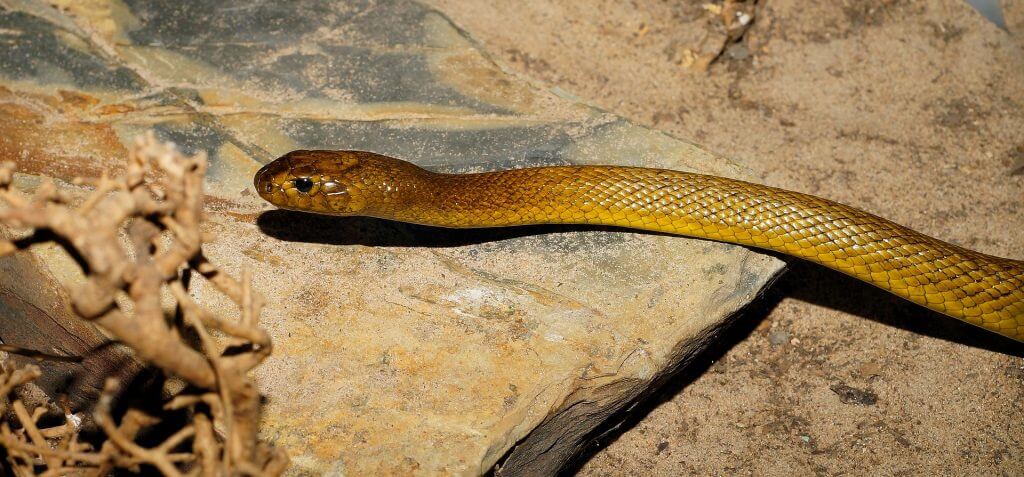
Australian Flora:
Australia is made up of many unique plant species and it’s important to know which ones can cause you harm or discomfort while out on your walk. Some plants may cause small cuts or stings while others can leave you in pain for days with a rash to match. It’s important to have some idea of what type of plants are safe to touch or eat before setting out on a walk and it may even be a good idea to have a plants book in your first aid kit so you can properly treat the sting. Read more about plants here.
Tip: Stingos is always good to help with stinging nettle or even take the sting away from ant bites.
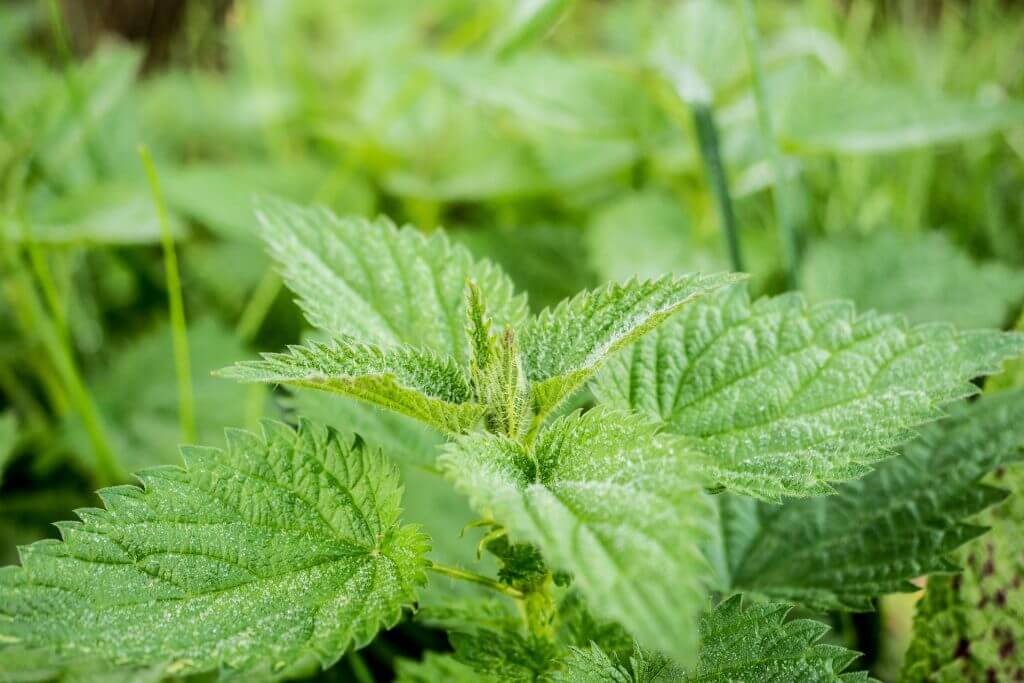
Swimming:
Some of the incredible hikes you may partake in often have incredible swimming spots at the end. It is imperative that you are aware of the dangers of the area. Before jumping into the water make sure you are able to safely climb back out. Some of the walks often drop into canyons where there is no safe entry or exit into the pool. If jumping into the canyon, it’s important to be a confident swimmer and to make sure that you have checked the water’s depth to ensure it’s safe to jump.
Also when planning on jumping into the water, be mindful that the rocks in most of these places are slippery. This means the likelihood of injury is much higher. Moss covers the rocks as well as slime and often leads to falls and broken bones.
It’s also important to take into consideration where you are swimming and the fauna in the area. Parts of Australia have water eels, snakes, crocodiles and other animals in the water that can cause harm. Research the area before entering the water.
Tip: Make sure you assess the area before jumping into the water and make sure that you have someone with you to call for help if something goes wrong.
